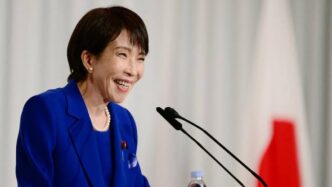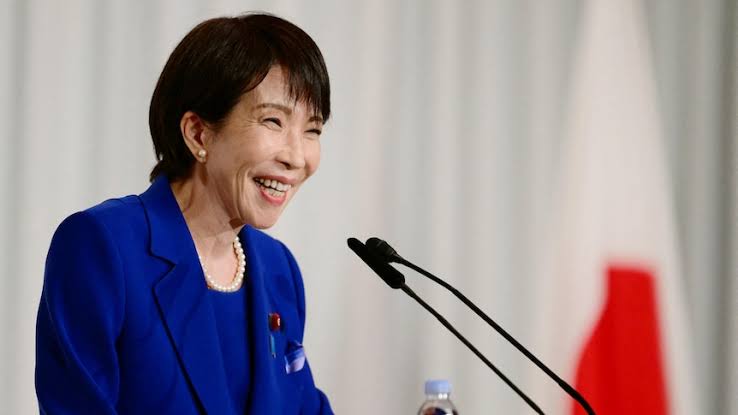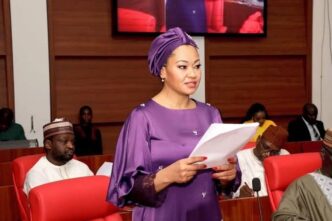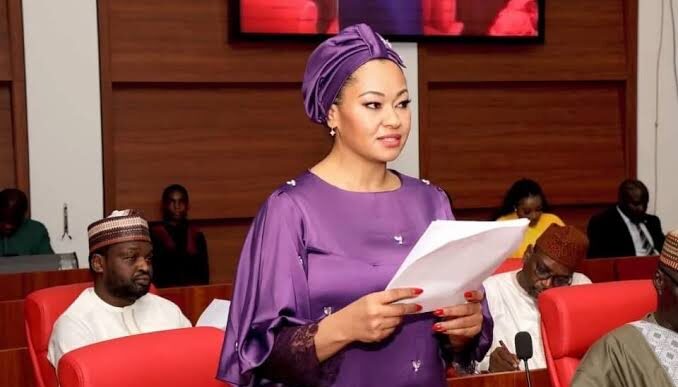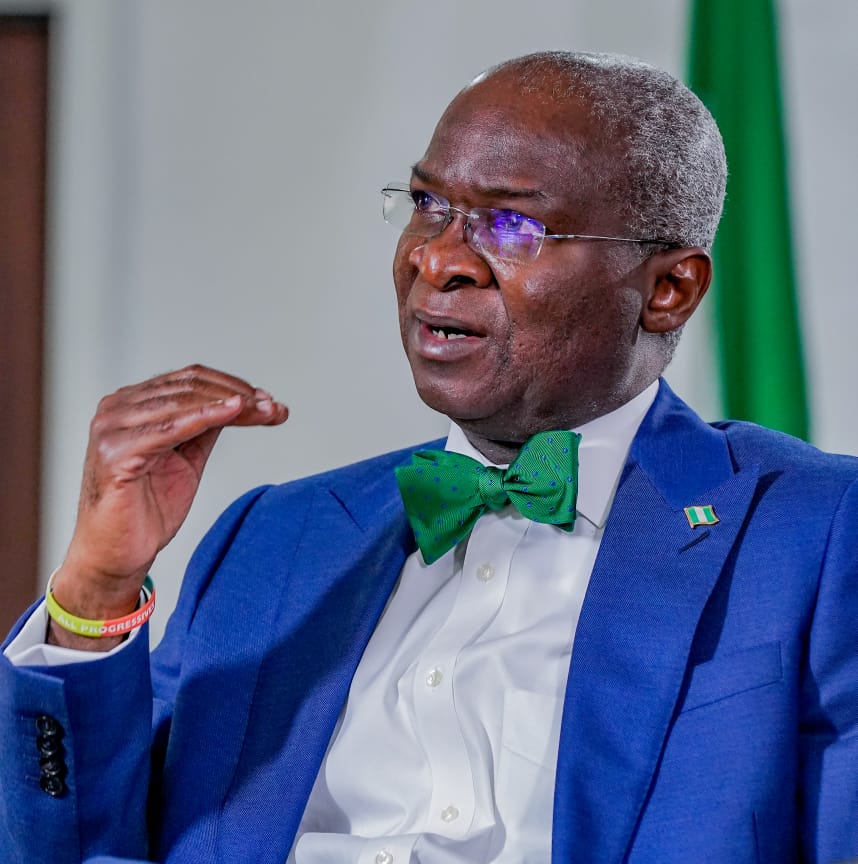Japan made history on Tuesday as Sanae Takaichi became the country’s first female prime minister, following a last-minute coalition deal that secured her parliamentary majority.
Gatekeepers News reports that Takaichi, a 64-year-old social conservative and outspoken China critic, now faces the challenge of leading a minority government — Japan’s fifth administration in as many years — with a demanding agenda that includes hosting U.S. President Donald Trump next week.
The lower house of parliament elected Takaichi after she narrowly won a first-round vote, before the upper house confirmed her victory in a runoff. Looking solemn, she stood and bowed repeatedly to lawmakers before her formal appointment by the emperor later in the day.
Takaichi, an admirer of Margaret Thatcher and former heavy metal drummer, became head of the Liberal Democratic Party (LDP) on October 4. The LDP has ruled Japan for most of the past seven decades but is struggling with waning public support and a lingering slush fund scandal.
Six days after her election as party leader, the Komeito party withdrew from its coalition, citing unease over her hardline views. To form a government, Takaichi struck a late alliance with the reformist, right-leaning Japan Innovation Party (JIP) on Monday night.
The JIP supports slashing the consumption tax on food to zero, abolishing corporate and organizational donations, and cutting the number of lawmakers.
“We will make Japan’s economy stronger and reshape Japan as a country that can be responsible for future generations,” Takaichi pledged Monday.
In her hometown of Nara, residents voiced cautious optimism.
“She’s a strong-minded person, regardless of being a woman,” said 76-year-old pensioner Toru Takahashi. “She’s not like Trump. But she’s clear about what’s right and wrong.”
Takaichi has promised to appoint a cabinet with “Nordic” levels of female representation — a marked change from the outgoing administration of Shigeru Ishiba, which had just two women ministers. Local media suggest possible key roles for right-wing lawmaker Satsuki Katayama as finance chief and Kimi Onoda, who has American heritage, as economic security minister.
Japan ranks 118th out of 148 countries in the World Economic Forum’s 2025 Global Gender Gap Report, with women making up only 15 percent of lower house members.
Takaichi has spoken openly about her struggles with menopause and advocates greater awareness of women’s health issues. However, she opposes reforms to Japan’s 19th-century law requiring married couples to share the same surname and supports maintaining male-only succession to the imperial throne.
Some Japanese women expressed hope that her leadership could still bring meaningful change.
“I’d be happy if we saw more policies from a woman’s perspective — support for childcare, and help for women returning to work,” said Nina Terao, an 18-year-old student.
“I hope she makes Japan a more livable place for women,” added Keiko Yoshida, a 39-year-old company employee.
Takaichi also faces immediate diplomatic and economic challenges. Details remain unclear on Japan’s proposed $500 billion investment package under a new trade deal with Washington, while Trump is expected to press Tokyo to halt Russian energy imports and boost defense spending.
“I’d like her to be a prime minister who can clearly say ‘No’ when needed,” said Satoshi Sakamoto, 73, another Nara resident.
At home, Takaichi must also confront Japan’s demographic decline and stagnant economy. With her coalition lacking majorities in both houses of parliament, she will need to forge alliances to pass legislation.
A protégé of former Prime Minister Shinzo Abe, Takaichi has long backed aggressive monetary easing and expanded public spending. She has also warned that “Japan is completely looked down on by China,” though she recently softened her tone and skipped a controversial visit to the Yasukuni Shrine, where she had often paid respects to Japan’s war dead.
As she takes office, Takaichi inherits a party weakened by electoral setbacks and a public weary of political instability. Yet for many Japanese, her rise itself is a watershed moment.
“Prices have gone up, and it’s tough,” said 77-year-old Satoe Tominaga. “Honestly, I mostly shop at 100-yen stores now. But I’m 50-50 about her — let’s see what she can do.”

